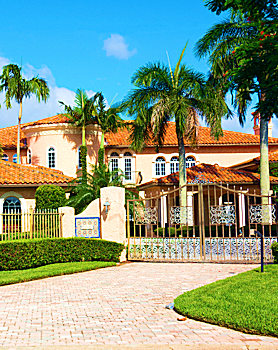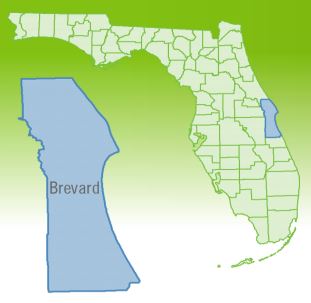Three Reasons Why Housing Inventory is So Low
Three Reasons Why Housing Inventory is So Low
Mid-January typically marks the seasonal low of available housing inventory. The fewest homes are on the market after the holidays. But pretty quickly they start coming on the market to prepare for spring. Inventory gets added until the first week of July when people start looking forward to the Autumn.
Last week we commented about the rising prices that have resulted from this restricted supply. Imagine what would happen to the price of oil if Saudi Arabia Russia The US China Iran and Canada were all offline. It's a ahem crude analogy because housing is less a commodity than oil. But the fact is we're facing unprecedented few homes available for sale.
Why is that? What happened to all this "Shadow Inventory" that was going to dump on to the market?
You can boil the low-inventory reality down to three primary factors:
Under-Construction
Since 2007 new housing starts have been anemic. The long-term average construction rates are about 1.5MM homes per year. In the last six years we've averaged well under 1MM. And since 2009 the average is closer to 500000. Meanwhile population and household formation keeps on trucking. The over-construction that happened in the bubble is a distant memory. See the chart to the right. Construction volume under the orange line are "undersupplied" conditions. The homebuilders imploded so profoundly after the bubble that we haven't had this few new homes being built since 1959.
Expect this trend to continue for several more years. It's difficult to ramp up housing production quickly. And we're a long way below normal.
Rising home prices have led to fewer not more existing homes coming on the market. You might call this ironically the "Reverse Shadow Inventory" dynamic.
When the Shadow Inventory meme emerged during the bubble the bearish argument followed: As soon as home price tick back up there are going to be millions of people (and banks) who want to unload. Therefore supply will rise and prices will fall again.
In actuality it seems the psychology has been reversed: As prices have climbed those who (still) own their underwater homes finally see light at the end of the tunnel. The longer they hold the closer they are to recovery. Why sell now if you don't have to? Maybe you'll make it out alive!
Banks are acting similarly. The owners of underwater mortgages have no incentive to unload quickly. Their assets are appreciating. Furthermore as home prices increase fewer and fewer people are at risk of default. The Shadow is shrinking in the noon-day sunshine of rapidly re-inflating home values.
Government Policy
Finally it is no coincidence that essentially all housing policy all programs laws and incentives have been focused on stimulating demand and restricting supply. The Fed is aggressively keeping interest rates low. HARP HAMP and related mortgage crisis programs are designed to keep people in their homes. They have been successful. Politically it's near impossible to institute a program that might help home buyers. For whatever reason the bureaucrats are much more fond of home owners. That's unlikely to change.
We're in a hangover of short supply after the burst bubble. Low new construction low incentive for existing homes to sell and a government that wants people to stay put. Like a good hangover these are long slow painful conditions. We'll ease slowly out of the fog in the next few seasonal cycles.






